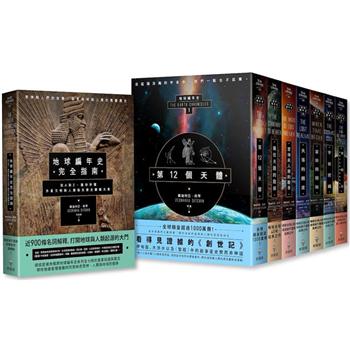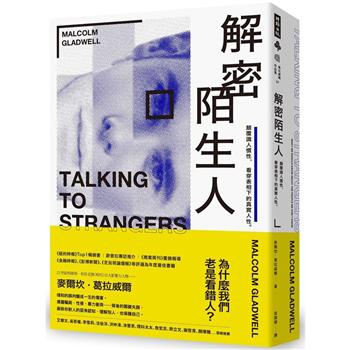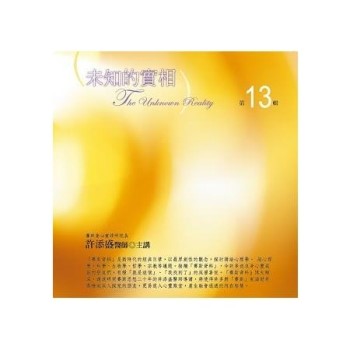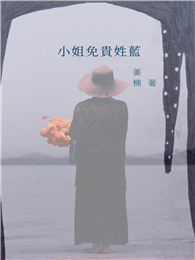Gathering together to face Loki, Marvel’s greatest heroes - Iron Man, Thor, Hulk, Ant-Man and the Wasp - formed comics’ greatest team: the Avengers! They were joined by Captain America soon after, and there was no doubt these were Earth’s Mightiest Heroes! But Marvel heroes don’t just battle villains, they live, breathe, argue...and even fall out. And in an innovative twist, Stan Lee eventually chose to have those original Avengers depart, leaving Captain America to carry on! Hawkeye, Quicksilver and the Scarlet Witch - all conflicted villains - became Cap’s new recruits, transforming the Avengers into a dynamic, unpredictable and exciting quartet! So grab a copy of this Epic Collection, and experience the origins and permutations of the world’s most famous super-team from the very beginning! Collecting AVENGERS (1963) #1-20.
| FindBook |
有 1 項符合
Avengers Epic Collection: Earth’s Mightiest Heroes [New Printing]的圖書 |
![Avengers Epic Collection: Earth’s Mightiest Heroes [New Printing]](https://www.books.com.tw/img/F01/a36/60/F01a366091.jpg) |
Avengers Epic Collection: Earth’s Mightiest Heroes [New Printing] 出版社:Marvel Universe 出版日期:2024-05-28 語言:英文 規格:平裝 / 456頁 / 普通級/ 初版 |
| 圖書館借閱 |
| 國家圖書館 | 全國圖書書目資訊網 | 國立公共資訊圖書館 | 電子書服務平台 | MetaCat 跨館整合查詢 |
| 臺北市立圖書館 | 新北市立圖書館 | 基隆市公共圖書館 | 桃園市立圖書館 | 新竹縣公共圖書館 |
| 苗栗縣立圖書館 | 臺中市立圖書館 | 彰化縣公共圖書館 | 南投縣文化局 | 雲林縣公共圖書館 |
| 嘉義縣圖書館 | 臺南市立圖書館 | 高雄市立圖書館 | 屏東縣公共圖書館 | 宜蘭縣公共圖書館 |
| 花蓮縣文化局 | 臺東縣文化處 |
|
|
圖書介紹 - 資料來源:博客來 評分:
圖書名稱:Avengers Epic Collection: Earth’s Mightiest Heroes [New Printing]
內容簡介
作者簡介
Writer/editor Stan Lee (1922-2018) made comic-book history together with Jack Kirby in 1961 with Fantastic Four #1. The monumental popularity of its new style inspired Lee to develop similarly themed characters -- including the Hulk and X-Men with Kirby, Spider-Man and Doctor Strange with Steve Ditko, and Daredevil with Bill Everett. After shepherding his creations through dozens of issues -- in some cases a hundred or more -- Lee allowed other writers to take over, but he maintained steady editorial control. Eventually, he helped expand Marvel into a multimedia empire. In recent years, his frequent cameo appearances in Marvel’s films established Lee as one of the world’s most famous faces.
Born Jacob Kurtzberg in 1917 to Jewish-Austrian parents on New York’s Lower East Side, Jack Kirby came of age at the birth of the American comic book industry. Beginning his career during the rising tide of Nazism, Kirby and fellow artist Joe Simon created the patriotic hero Captain America. Cap’s exploits on the comic book page entertained millions of American readers at home and inspired U.S. troops fighting the enemy abroad. When World War II ended, the public’s interest in super heroes waned; Kirby turned his artistic talents during the 1950s to other genres, such as monsters, Westerns and crime -- as well as the first-of-its-kind Young Romance Comics. In 1961, Kirby returned to super heroes to illustrate what would become the defining issue in Marvel Comics history: Fantastic Four #1. Written by Stan Lee, the team’s debut revolutionized the industry overnight. In contrast to the staid artwork of his predecessors, Kirby’s illustrations seemed to leap off the page with eye-popping action and drama. For the next decade, Kirby and Lee would introduce a mind-boggling array of new characters -- including the Avengers, the Hulk, Thor, Iron Man, the Silver Surfer and the X-Men. Taken together, Kirby’s groundbreaking work with Lee formed the foundation of the Marvel Universe. In the early 1970s, Kirby moved to DC Comics, where his boundless creativity continued. He returned to Marvel in 1975, writing and illustrating Captain America and introducing his final major concept, the Eternals. With the explosion of TV animation during the 1980s, Kirby’s talents turned to the small screen. Comic fans quickly recognized his work on such series as Thundarr the Barbarian and Turbo Teen. Kirby died in 1994, but his influence on the comic book industry is as strong as ever. His work has inspired a generation of professional artists and modern writers who continue to explore his vast universe of concepts and characters. Don Heck (1929-1995) worked for Harvey, Quality, Hillman and other publishers before arriving at Atlas Comics, later Marvel, where he penciled and inked stories for virtually every genre: crime, horror, jungle, romance, war, Western and more. With Stan Lee and others, he launched Iron Man, his supporting cast and his early rogues gallery -- including the Black Widow, Hawkeye and the Mandarin. He also succeeded Jack Kirby on Avengers. At DC, his artwork appeared in Justice League of America, Flash, Wonder Woman and other titles.
|




![塔木德:猶太人的致富聖經[修訂版]:1000多年來帶領猶太人快速累積財富的神祕經典 塔木德:猶太人的致富聖經[修訂版]:1000多年來帶領猶太人快速累積財富的神祕經典](https://media.taaze.tw/showLargeImage.html?sc=11100697818)




